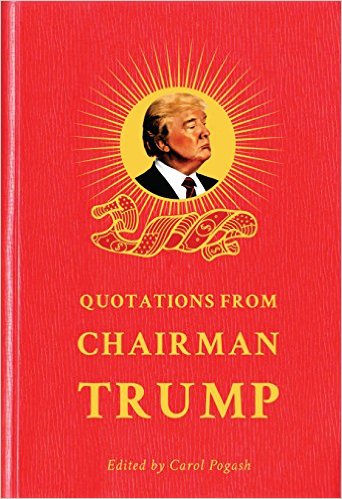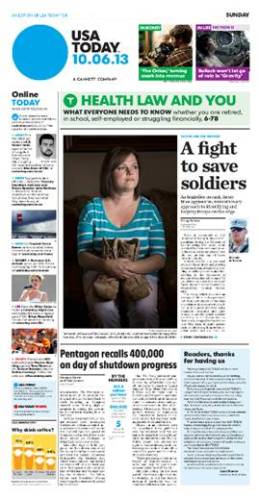(first published on Medium, Aug 21, 2020)

August 21, 2020. Donald Trump spends so much time running for president, he has no time at actually be president. He continues to say the things that feed the hunger of those who already “like” him or are just fascinated by him. He is their president.
Joe Biden has been so good at serving in office, he frankly sucked at doing what you have to do to run for office in a crowded field, and get noticed doing it. Historically he got re-elected because he was so good at his job his constituents just kept sending him back. He barely had to run.
This time, he was having a really hard time breaking through the primary process with so many louder voices. But it was timing, and a sensational game-changing speech from Jim Clyburn that woke up the people of South Carolina to propel him to the nomination with a resounding primary vote.
Joe Biden has one last chance to make it to the show. By being the presumptive candidate, he no longer had to be the loudest candidate in the room. People were going to listen to this speech. So Thursday night he delivered the best speech of his life, and his party delivered the most powerful supporting program any party has every produced for its candidate. They produced a hit.
Amazingly, this all happened against the backdrop of a pandemic that forced the conventions of both parties away from the time-honored political rally — the single weapon in Donald Trump’s arsenal. The pressure on the Democrats and Joe Biden to match the entertainment value of a Trump romp looked nearly impossible to overcome.
But what he did — and they did — was historic. It will go down as one of the greatest political pitches in our Democracy’s history. He and his team used the medium to tell the most powerful political story I have ever seen in 50 years as a journalist and political junkie. If anything, they proved that political parties have been doing it all wrong over the past 30 or 40 years. In the past they spent their time trying to give the public a glimpse of a traditional 4-day convention where most of the action was actually behind closed doors. So it became a contest of which party could put on the most entertaining show. Even the best journalists look silly being jostled among packed in delegates waving signs.
This time, the parties had to find a way to make the message interesting. And they did it perfectly, in a way befitting a broadcast audience. Speeches were much shorter and tighter…no longer punctuated by hoots and hollers of drunk delegates dressed in funny clothes who clapped for 5 minutes out of every 10 just so they could be seen on the air. The use of regular people, speaking from home, enabled the Democrats to show how much Biden helped so many different people through his amazing hard-earned empathy and ability to listen. The usually boring, long, roll call instead brought us committed, serious people from where they lived, to show just how diverse these people really are and how different the places are that they come from.
The human stories of people who defined the candidate, were done in wonderful, powerfully told interviews and videos that made their points, well produced and much more valuable than a wave from the upper deck.
He was able to convince people, through his speech and the speeches of those before him, that it might actually be possible to bring this country back to a time when people will work together to solve problems and can even, perhaps, have some real hope. And why he was uniquely qualified to do that.
His speech was the perfect topping to 4 days of telling people the situation they are now in, and that “it didn’t have to be this way”.
Some people, usually humble and caring people, have a hard time standing out in a crowd, partly because they spend a lot more time listening to others and caring about them. Joe Biden has always been one of those people. And it’s one reason the only way he got to be Vice President was because he ran on the coattails of a great orator. But he was a great Vice President, and played a bigger role than almost all before him.
Thursday night, Joe Biden was able to be Joe Biden, and in an intimate setting, found his voice to tell everyone who he really is, and his team did an equally amazing job showing the kind of people whose lives he has made better because of who he is. They were clearly proud to testify for him.
I have spoken to many people who voted for Donald Trump in 2016 and plan to do so again. I have also spoken to many people who voted for Donald Trump in 2016 and don’t plan to vote for him again. I have not spoken to a single person who didn’t vote for Donald Trump in 2016 but plans to do it this year. Many because he has actually done so little for most of them during the past for years.
But now the other reason is because they want to vote for the Joe Biden they saw this week. He will win.
WRITTEN BYLarry Kramer
Journalist, Entrepreneur, Author. Pres., USA Today; Pres. CBS Digital; Founder/Chair/CEO Marketwatch.com; Journalist WashPost. Bds: Advance, Syracuse U, HBS Pub











